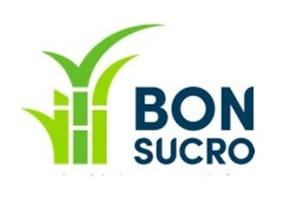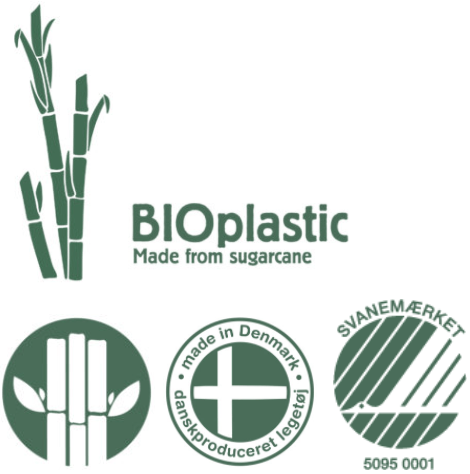
Mit dantoy's beliebter Biokunststoff-Serie haben wir unser bereits umweltfreundliches Sortiment an Plastikspielzeug erweitert. Die Serie ist zu 100% öko-zertifiziert, was bedeutet, dass das Spielzeug umweltfreundlich ist und frei von gefährlichen Chemikalien.
Wir lassen uns von der Pej-Gruppe, dem Scandinavian Trend Institute, inspirieren, das unter anderem über umfangreiches Wissen über zukünftige Farbtrends verfügt.
Unsere BIO-Geschenkboxen für unsere kleinen Sets bestehen aus recyceltem Papier. Sie haben die gleiche Größe, so dass sie schön gestapelt werden können und leicht zu verpacken sind, wenn sie als Geschenk weitergegeben werden sollen.
Das BIO-Spielzeug ist spülmaschinenfest, es verträgt Temperaturen von -18 Grad bis 70 Grad, es ist für den Kontakt mit Lebensmitteln zugelassen und das Produkt kann auch zusammen mit fossilem Kunststoff recycelt werden.

Die Produktion von Bioplastik reduziert CO2 in der Atmosphäre.
Die Zuckerrohre werden auf kontrollierten, ungiftigen Plantagen in Zentral- und Südbrasilien angebaut.
Die Zuckerrohre werden alle 6-12 Monate geerntet.
Bioplastik, das aus Zuckerrohr hergestellt wird, ist ein zu 100% nachhaltiger Rohstoff.
Die Lebenszyklusanalyse (LCA) von BIOplastik zeigt, dass das Zuckerrohr 3,09 kg CO2 aus der Luft aufnimmt (verifiziert von E4tech aus England). 80% der Energie, die für die Herstellung des Rohstoffs verwendet wird, stammt aus wiederverwendbaren Ressourcen. Die LCA für den gesamten Prozess beträgt 2,32 CO2eq. /Kg.
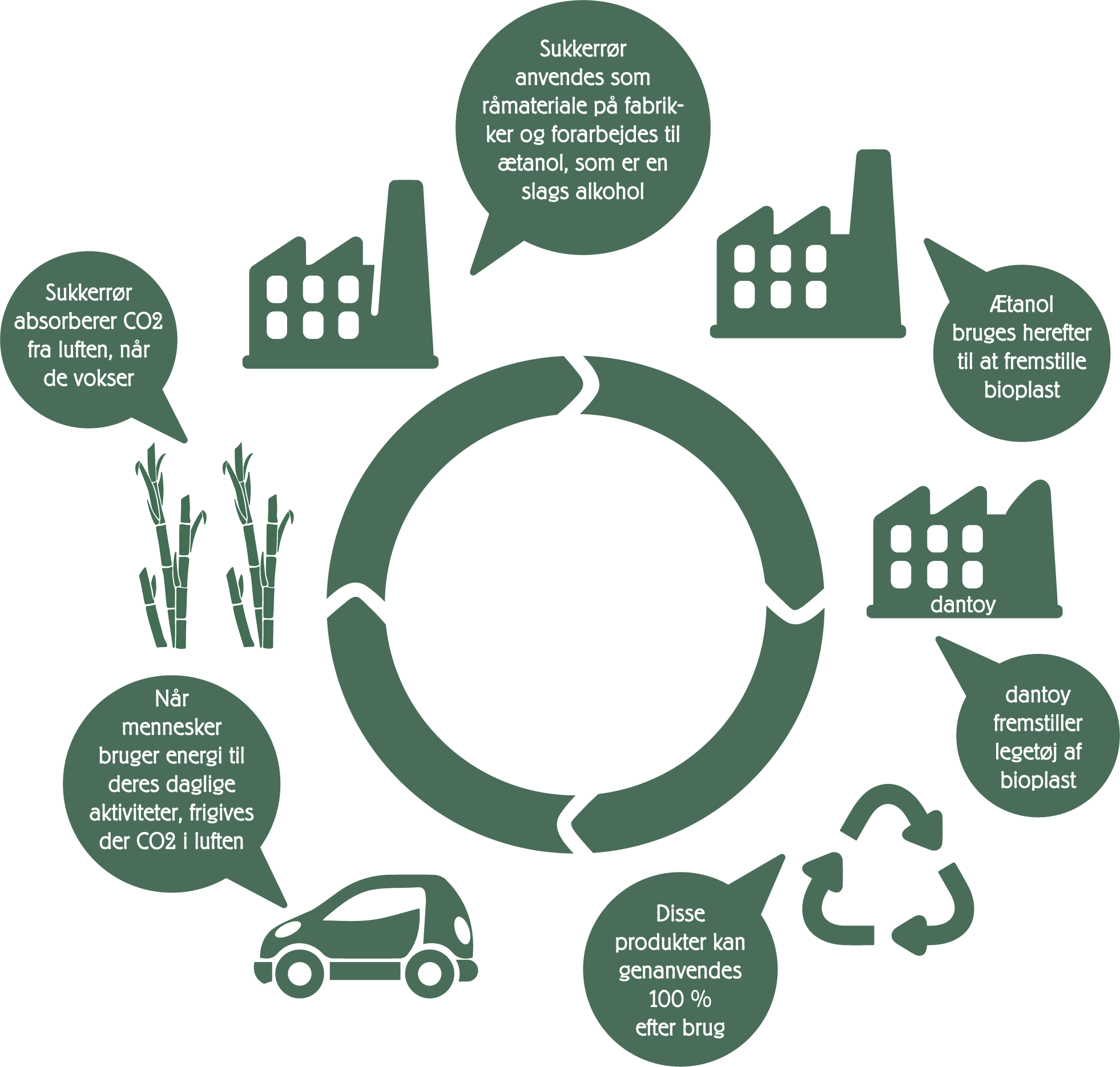

"I'm Green" symbol is only released for use after confirmation of the amount of sustainable raw material contained in the product. The symbol may only be used when the test results are verified by a third party (C-14 carbon ASTM test).
Traditional PE (polyethylene) is primarily made from crude oil, whereas "I'm Green" PE (bioplastic) is made from a minimum of 90% sugarcane (ethanol). Ethanol is extracted from the sugarcane, which is a form of alcohol. Ethanol is then used to produce bioplastic.
The sugarcane used for dantoy's bioplastic is grown on plantations in the southern and central regions of Brazil, more than 2,500 km away from the Amazon region. The expansion of sugarcane cultivation is regulated by the "Sugarcane Agroecological Zoning" formed by the Brazilian federal government. The harvested sugarcane is transported by train for further processing, which is more environmentally friendly compared to transportation by truck.
The sugarcane can be harvested multiple times. New plants are planted every 5-7 months. The field is harvested at intervals of 6-12 months and can therefore be considered as a sustainable raw material.
The sugarcane absorbs CO2 from the air, thereby minimizing the greenhouse effect. In the production of bioplastic, the CO2 balance from the plant's growth to the finished bioplastic is positive. For every kilogram of bioplastic produced, 3.09 kg of CO2 is removed from the atmosphere.
dantoy's bioplastic, like our traditional plastic toys, is a quality product with a long lifespan, not designed to degrade in nature. Our toy products do not contain any toxic substances, but they are also not intended to be discarded in nature as waste. They should be disposed of in accordance with applicable laws. Both bioplastic and traditional plastic are 100% recyclable.
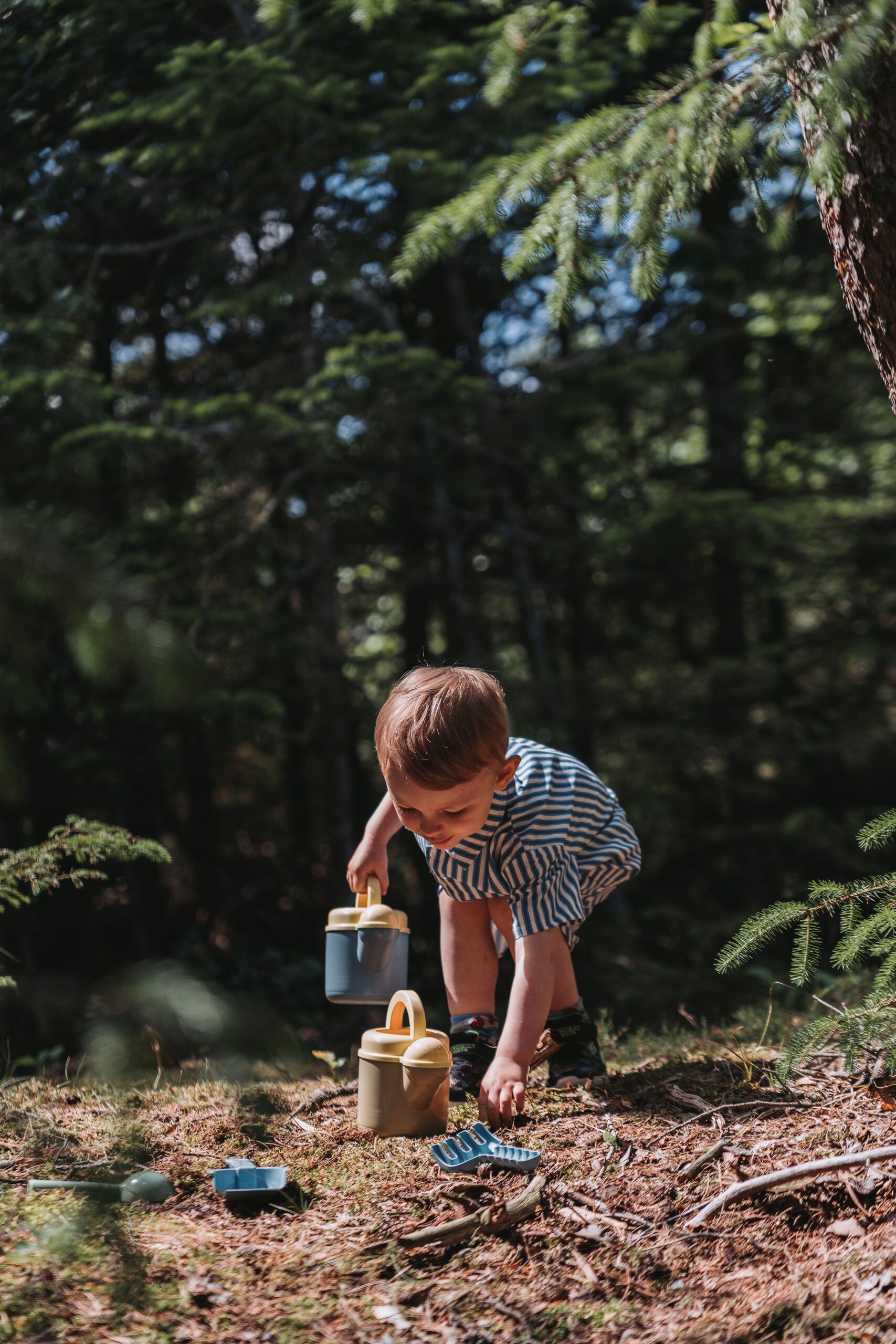
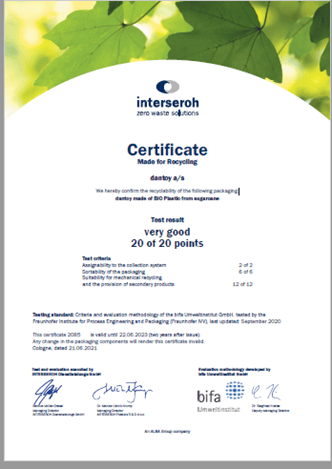
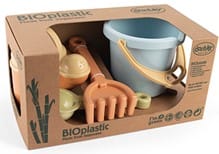
Bonsucro-Zertifizierung ist die globale Plattform für Zuckerrohr.
Die Reihe von Standards ermöglicht es, Zuckerrohr vom Ursprung bis zum Endprodukt zu verfolgen.
Es ermöglicht Marken, Nachhaltigkeitsanforderungen an ihr Zuckerrohr zu stellen.
